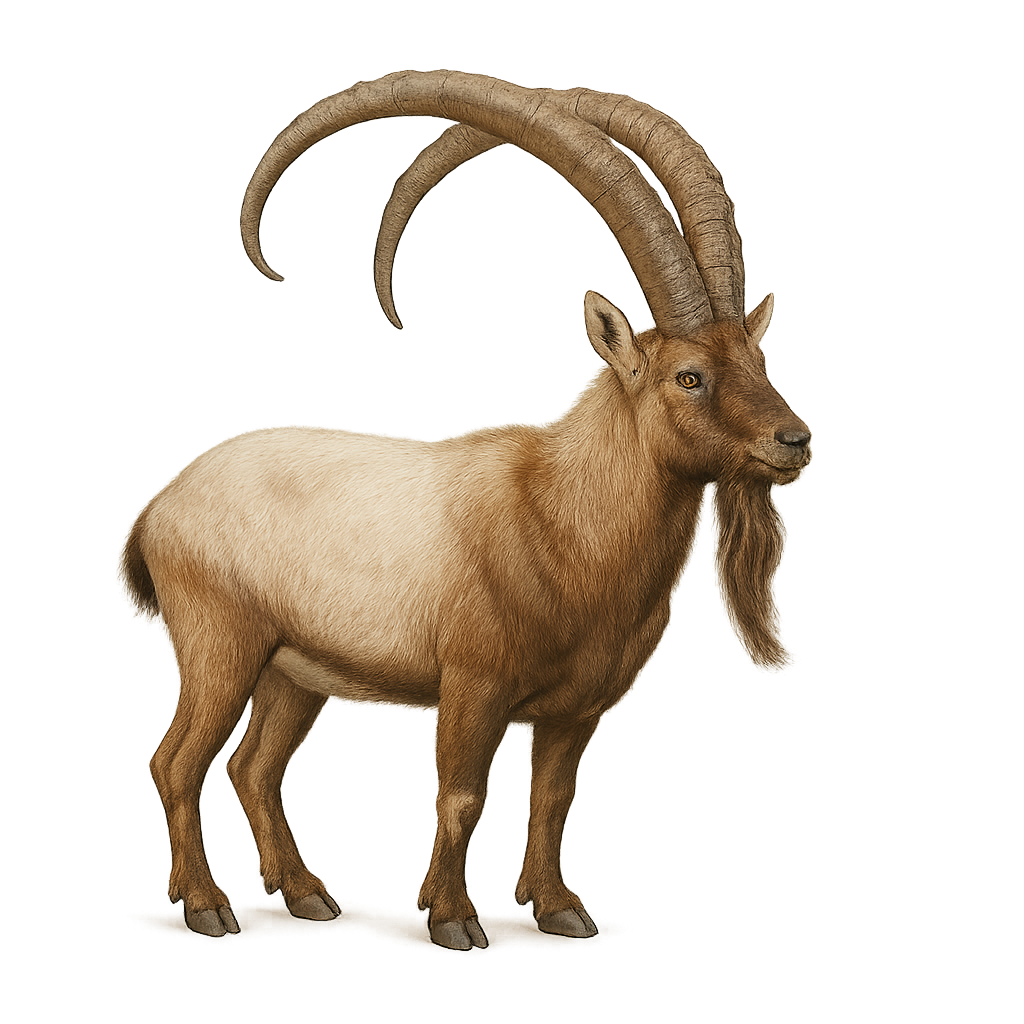Your wildlife photography guide.
Explore the wild goat in detail, study its behavior, prepare your shots.
Where to observe and photograph the wild goat in the wild
Learn where and when to spot the wild goat in the wild, how to identify the species based on distinctive features, and what natural environments it inhabits. The WildlifePhotographer app offers tailored photography tips that reflect the wild goat’s behavior, helping you capture better wildlife images. Explore the full species profile for key information including description, habitat, active periods, and approach techniques.
Wild goat
Scientific name: Capra aegagrus

IUCN Status: Vulnerable
Family: BOVIDAE
Group: Mammals
Sensitivity to human approach: Suspicious
Minimum approach distance: 50 m
Rut period: November to December
Gestation: 150-165 jours
Births: May
Habitat:
Rocky mountains, alpine meadows, sparse forests
Activity period :
Primarily active during the day, with peak activity in the morning and late afternoon.
Identification and description:
The wild goat, or Capra aegagrus, is a robust and agile animal native to the mountains of Western Asia. It is the ancestor of the domestic goat and is distinguished by its impressive, curved horns, especially prominent in males. Its coat ranges from brown to gray, providing excellent camouflage in its rocky habitat. Wild goats live in groups, often consisting of females and young, while adult males are more solitary. They are well adapted to rugged terrains and can climb with remarkable agility. Their diet mainly consists of mountain vegetation, making them dependent on climatic conditions and the availability of natural resources.
Recommended lens:
400 mm – adjust based on distance, desired framing (portrait or habitat), and approach conditions.
Photography tips:
To photograph the wild goat, it is advisable to use a telephoto lens of at least 400 mm to capture detailed images from a distance without disturbing the animal. The best times to observe them are early in the morning or late in the afternoon when the light is soft and the goats are more active. Focus on rocky areas and alpine meadows to maximize your chances of encounter. Be patient and discreet, blending into the landscape to avoid scaring the animals.
The WildlifePhotographer App is coming soon!
Be the first to explore the best nature spots, track rutting seasons, log your observations, and observe more wildlife.
Already 1 432 wildlife lovers subscribed worldwide

